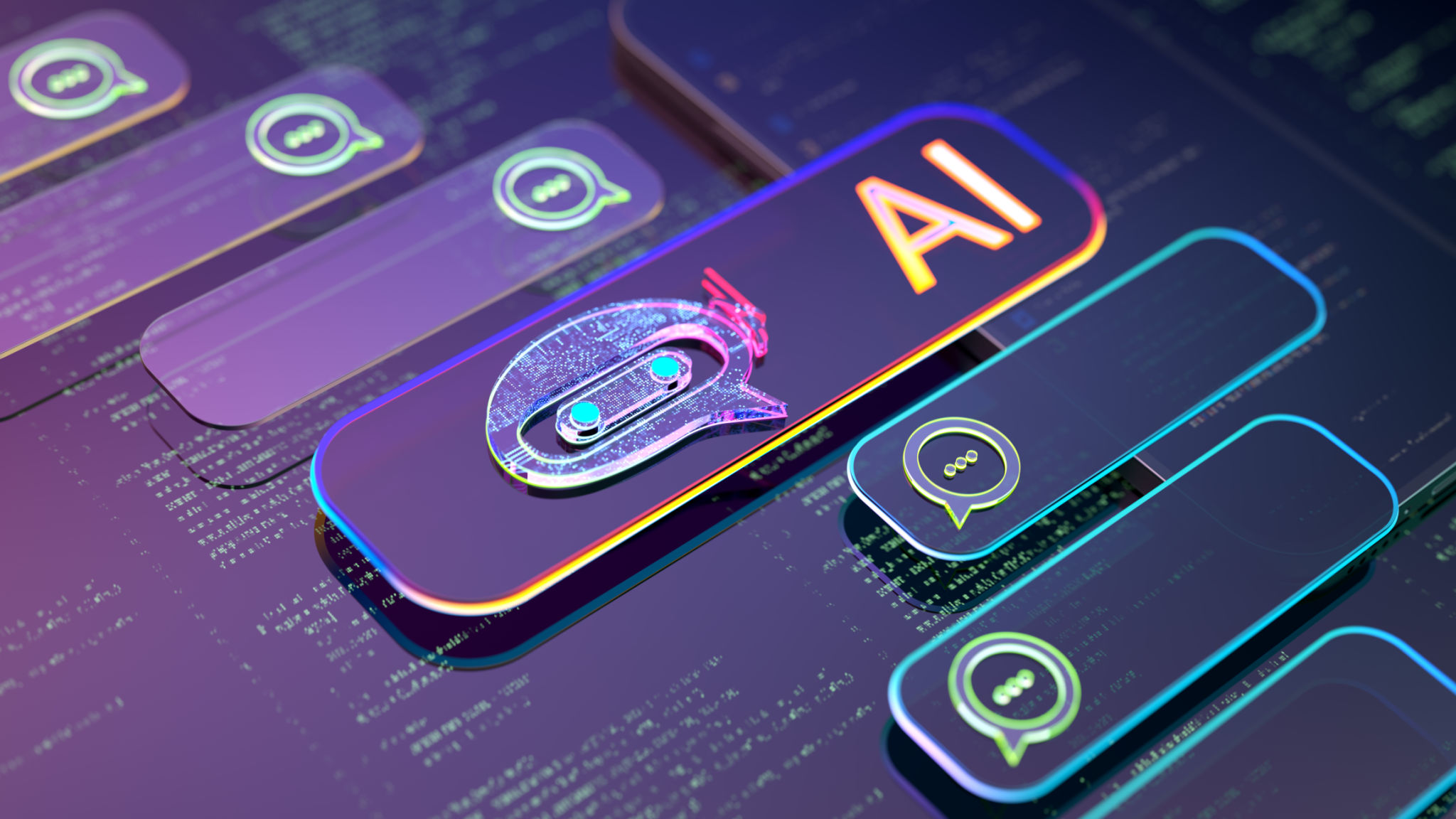DIY AI Optimization: Simple Steps to Enhance Your System
Understanding AI Optimization
Artificial Intelligence (AI) is rapidly becoming a vital component of modern technology. Whether you're using AI for business analytics, personal projects, or enhancing user experiences, optimizing your AI system can significantly improve its efficiency and accuracy. DIY AI optimization might sound daunting, but with a few simple steps, you can enhance your system's performance.
Before diving into optimization techniques, it's important to understand what AI optimization involves. Essentially, it means tweaking and refining your AI algorithms and models to perform tasks more efficiently. This process can lead to faster processing times, better resource management, and more accurate results.

Refining Your Data
Data is the backbone of any AI system. One of the most effective ways to optimize your AI is by ensuring your data is clean, relevant, and well-organized. Start by removing any duplicate or irrelevant data that might skew your results. Also, consider augmenting your dataset with diverse examples to improve your model's learning.
Data preprocessing techniques such as normalization and standardization can also enhance your model's performance. These techniques help in scaling your data so that it fits within a specific range, making it easier for AI algorithms to process.
Data Normalization Techniques
Normalization involves adjusting the values in your dataset to bring them into a common scale without distorting differences in the ranges. This is crucial in ensuring that your AI model doesn't favor features with larger scales. Common methods include min-max scaling and z-score normalization.

Choosing the Right Algorithms
Selecting the appropriate algorithm is key to optimizing your AI system. Not all algorithms are created equal; some are better suited for specific tasks than others. Understanding the strengths and limitations of each algorithm allows you to choose the most efficient one for your needs.
Experimenting with different algorithms and comparing their performance using cross-validation can help identify which one offers the best results for your specific dataset. Keep in mind that sometimes a combination of algorithms might yield the best outcome.
Algorithm Performance Evaluation
Once you've selected an algorithm, it's crucial to regularly evaluate its performance. Monitoring key metrics like accuracy, precision, recall, and F1-score will guide you in making necessary adjustments for optimization.

Tuning Hyperparameters
Hyperparameters are key components that can greatly influence your model's performance. Unlike model parameters, which are learned from the data, hyperparameters need to be manually set before training begins. Tuning these settings can lead to significant improvements in your AI’s output.
Utilize techniques such as grid search or random search to systematically explore the hyperparameter space. These methods help in identifying the ideal combination of hyperparameters for your model.
Automated Hyperparameter Tuning
For more advanced users, automated hyperparameter tuning tools like Bayesian optimization provide a more efficient way to find optimal settings. These tools use machine learning to predict the best hyperparameters based on past trials.

Utilizing Efficient Hardware
The hardware you use can have a substantial impact on the speed and efficiency of your AI system. Investing in high-performance GPUs or TPUs can accelerate model training and inference times. Additionally, cloud-based solutions offer scalable resources that can be adjusted according to demand.
When selecting hardware, consider factors such as memory capacity, processing power, and compatibility with your AI framework. Ensuring that your hardware meets the requirements of your AI tasks will prevent bottlenecks and enhance overall performance.
Energy Efficiency Considerations
Energy-efficient hardware not only reduces operational costs but also aligns with sustainable practices. Opt for hardware solutions that offer a good balance between performance and energy consumption.
Conclusion
Optimizing your AI system doesn't have to be a complex task reserved for experts. By focusing on refining data, selecting appropriate algorithms, tuning hyperparameters, and using efficient hardware, you can significantly enhance your AI's performance. Embrace these DIY strategies to ensure your AI system remains competitive and effective in an ever-evolving technological landscape.
